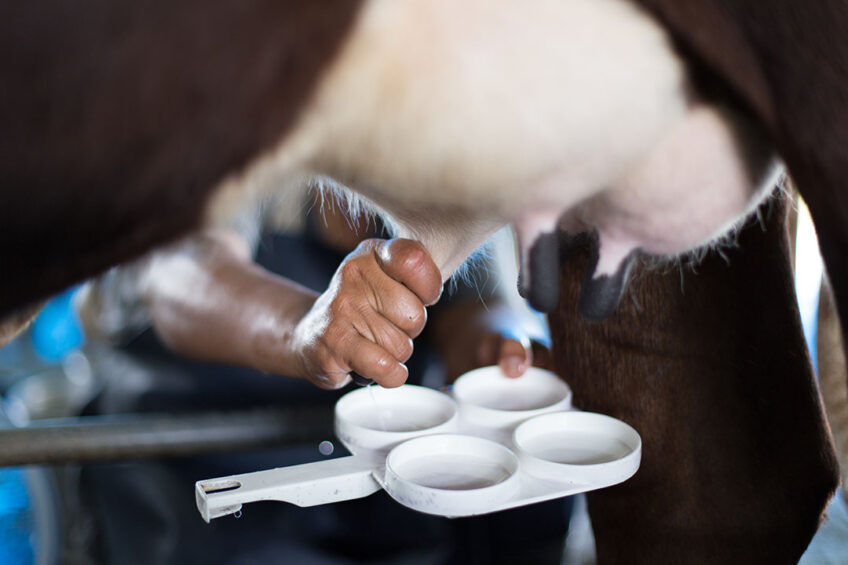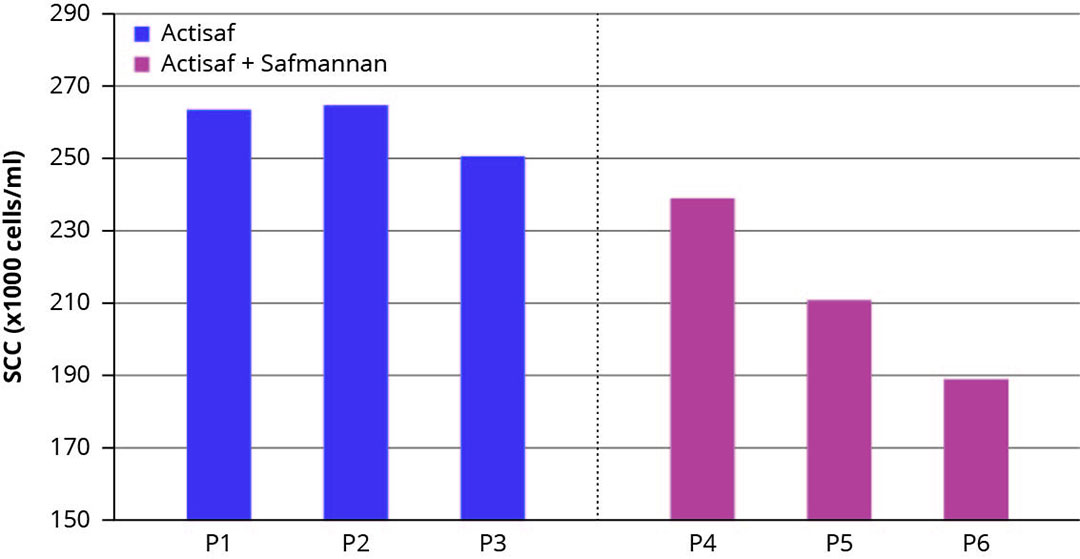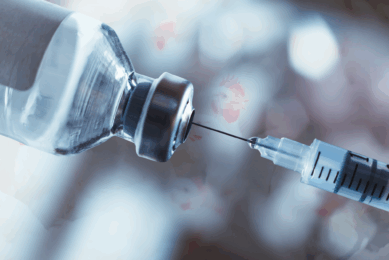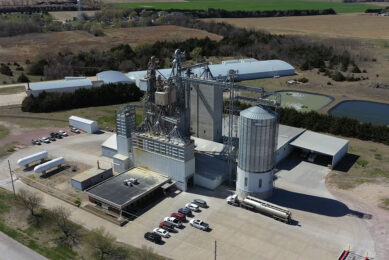Reducing SCC-levels start with good immunity

When a cow fights an udder infection, the somatic cell count in the milk increases because of a spike in immune cells that are released in the cow’s body. This gives the farmer an indication of the degree of mastitis and milk quality. One effective way to keep somatic cells under control is to strengthen the cow’s immune status through active components derived from yeast.
The defence system of all living animals is made of various ways to kill or reduce pathogens that enter the body. But when the conditions are right, pathogens can still become dominant and cause disease. This is especially the case when we talk about multifactorial diseases such as mastitis in dairy cows. Mastitis occurs when there is an imbalance between the cow’s own susceptibility to (intramammary) infection, farm management and the type of pathogens present. When the balance tilts in favour of the pathogen, mastitis occurs. Mastitis is considered the greatest threat to the dairy industry and reduces animal welfare, milk quality and profits. Money is lost because of reduced milk yield, milk withdrawal, extra treatment and labour costs, and early culling. An imbalance can be caused by lack of post-milking teat disinfection (teat-dipping) or bad vacuum regulation, low immunity of the cows, bad nutrition and sanitary conditions, and multiple mastitis causing pathogens circulating at the same time, coming from the environment of the cow, still existing from a previous infection or present on the teat skin. The good news is that pretty much most of these factors can be controlled.
SCC: An early warning system
One of the best indicators to assess the risk of mastitis is somatic cell count (SCC). SCC is composed of leukocytes, or white blood cells, that are produced by the cow’s immune system and sent to the mammary gland to fight the infection (mastitis) caused by bacteria entering through the teat canal and multiplying in the milk. High SCC numbers in bulk milk, of above 200,000, indicate subclinical mastitis and provide an early warning for the farmer that there is something wrong. Subclinical mastitis is the form in which there is no detectable change in the udder and there are no observable abnormalities in the milk from a human eye perspective. Monitoring SCC is especially critical in diagnosing cows with subclinical mastitis since no visible signs of an inflammation are observed by the dairy producer. This allows us to take measures as early as possible before subclinical cases become clinical, and intervention of antibiotic treatment is needed. High SCCs are related to a milk premium or penalty, and directly affect milk production (Table 1). If we consider the reduced milk production and increase in cases of clinical mastitis and culling rates, we can estimate that a farm with 100 cows and average yield of 8,000kg/cow/year could actually gain around € 4,000 per year by reducing SCC by from 200,000 to 100,000, depending on milk price. And the earlier the mastitis occurs in the lactation period, the higher the costs.
Maintaining immunity
Like any other disease, prevention is key here and better than the cure, especially in the line of curbing antibiotic use as much as possible in farm animals. Strengthening the immune system of cows is part of a successful prevention strategy because an appropriate immune function is essential for host defence against intramammary infections. It is a known fact that the mammary gland immune system is compromised around calving (due to intensive milk production early lactation representing the highest risk of developing mastitis. In this case, the number of mature neutrophils is limited and insufficient. One way to reduce the level of bacteria is to stimulate the immune system to increase the proportion of mature neutrophils capable of destroying the pathogens. Nutrition is involved in maintaining immunity, and insufficient energy and other deficiencies affect the cow’s resistance and is therefore an important part in the total mastitis prevention programme on a farm. It starts with a well-balanced diet that meets all the nutritional requirements of the cow. On top of that, the supplementation of immune modulating nutritional components can help to give the immune system a boost and help reduce SCC in lactating cows.
Reducing SCC and inflammation
Safmannan, a premium yeast postbiotic (hereafter called ‘postbiotic’) is obtained from primary culture and the purification of selected Saccharomyces cerevisiae proprietary strain. The uniqueness of this postbiotic are the beta-glucans and mannan-oligosaccharides, active components that positively modulate the immune system. Research data shows that cows supplemented with this postbiotic have increased populations of immune response inducing cells, known as T-helper cells, that initiate the immune response. This is because Safmannan has a specific surface structure thanks to its controlled production process that enables it to interact with immune cells, helping to trigger a strong and satisfactory immune response. An in vitro study on LPS-challenged macrophages, showed that the postbiotic demonstrated a strong and swift immunomodulatory effect, measured by the levels of TNF-a produced by the macrophages. In a field study in the Netherlands involving eight dairy farms, after supplementing Safmannan the SCC progressively decreased over the trial period compared to the period before the supplementation, from an average of 260,000 per farm to below 200,000 (Figure 1).
Figure 1 – Average SCC of 8 Dutch dairy farms and the reduction seen over time.

Multifactorial control programme
The most important factor affecting the SCC numbers in the milk for individual quarter and consequently at herd level is mammary gland infection known as mastitis. There are many ways to work towards reducing a herd’s SCC. But because mastitis is a multifactorial disease, prevention and controlling programmes should also be multifactorial. Getting the nutrition right and adding a postbiotic or a combination of a postbiotic and a probiotic feed additive enhances the immunity and resilience of dairy cows to fight pathogens (including the ones that cause mastitis). This nutritional approach therefore increases the success rates of mastitis prevention programmes.







